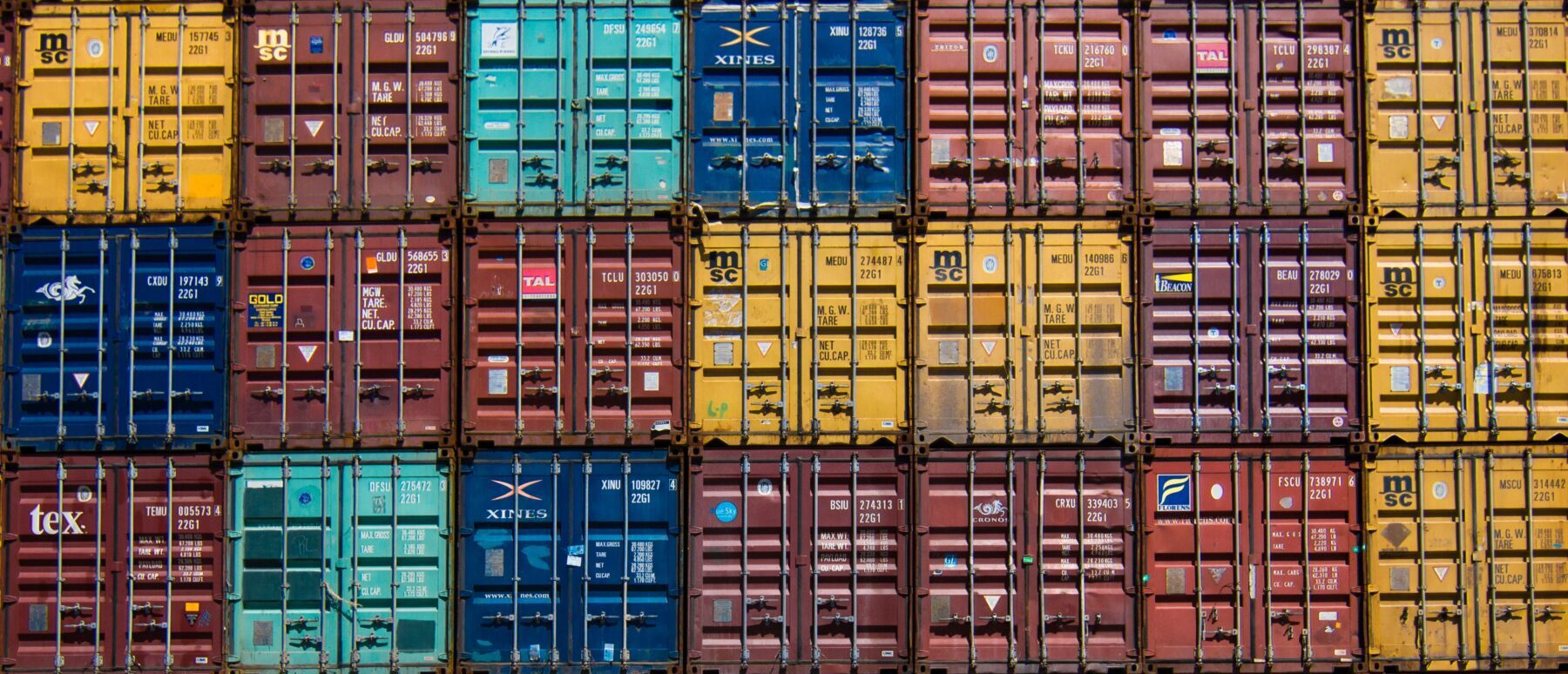

Statistics on non-conformities in the transport of dangerous goods
NCB statistics (2019 survey).
A recent study uncovers a worrying safety problem when transporting dangerous goods loaded in sea containers. 1
The NCB (National Cargo Bureau) is an independent U.S. consulting firm that inspects an average of 31,000 containers imported into the U.S. every year.
After a fire tragically claimed the lives of 5 sailors aboard the MAERSK HONAM in 2019, the National Cargo Bureau undertook container inspections on behalf of CINS (Cargo Incident Notification System).
The inspection covered containers containing dangerous goods for import and export for 4 recognized shipping companies who agreed to take part in this initiation (MAERSK, HAMBURG SÛD, HAPAG LLOYD and CMA CGM).
Out of 500 containers inspected in 2019, 55% were identified as having one or more non-conformities.
For import containers :
- 44% of containers were identified with a securing problem.
- 39% incorrect placarding/marking.
- 8% incorrect declarations.
For export containers :
- 25% stowage problems.
- 15% incorrect placarding/marking.
- 5% incorrect declarations.
Inspections have been presented to the IMO suggesting a significant problem in the transport of dangerous goods.
Worryingly, since January 3, 2019 and August 9, 2019, 8 fires have broken out on board container and ro-ro ships. 2
These figures reveal a significant safety risk, as well as a general lack of enforcement of international and national regulations.
1Publicationin “freightwaves.com” and link on the NCB website.
2Publicationin container insight weekly.
For import containers, 44% of containers were identified as having a stowage problem.
IMO statistics from 1996 to 2016
Statistics collected by the IMO (International Maritime Organization) also reflect recurring problems of non-compliance in the transport of dangerous goods in containers.
On average (over 20 years),
- 38% of containers were found to have a marking and/or placarding problem.
- 21% of containers were found to have a stowage/securing problem.
- 10% of containers were found to have a labelling problem.
- 14% of containers were found to have a documentation problem.
In most cases, these problems could have been avoided as soon as the containers were stuffed. The role of the “empoteur” is of paramount importance, and yet these points of vigilance are often relegated to the background due to a lack of understanding of the responsibilities weighing on the company and the risks associated with these operations.
However, the packer must check that the containers are properly placarded/marked, and must undertake to load only correctly labeled and marked packages (chapter 5.4.2 of the IMDG Code).
Similarly, by signing the stuffing certificate, the stuffer commits himself to the condition of the packages to be loaded, to the condition of the transport vehicle, to the separation of the goods and to the loading and stowage conditions (5.4.2).
We can’t stress enough that he has a key role to play in these operations, and that his performance should never be underestimated in view of his involvement in the safety of all those involved in transport.
Real-life case (audit of packers / consolidators) :
We insist on the fact that the empoyer’s service should be valued, and this also applies to the empoyer’s customers who, by sometimes applying an inflexible pricing policy, can put pressure on the resources used by their customers.
This is what we have observed with many companies involved in stuffing operations, where the use of lashings was regularly questioned by the client on the grounds that the cost was too high to bear.
Yet safety and the lives of others should never be a matter of cost. What’s more, in these audit cases, we’re talking about lashings, which turn out to be wooden pallets or dunnage cushions. These practices, which tend to limit the use of securing devices when stowage problems represent a major problem in the number of containers loaded on board ships, once again demonstrate the lack of knowledge of the risks and obligations weighing on each party.
If, however, the packers’ principals are aware of these risks, and continue to press for the use of lashings to be restricted, then in our view this is a matter of bad faith and questionable moral attitudes…
Related posts
How to reduce the cost of securing?
Is it possible to reduce costs while maintaining or increasing the performance o
Container stuffing according to the CTU Code
Transporting goods is a complex process that requires a great deal of attention
Loading dangerous goods (IMDG)
The transport of dangerous goods is governed by the IMDG code for maritime shipm




